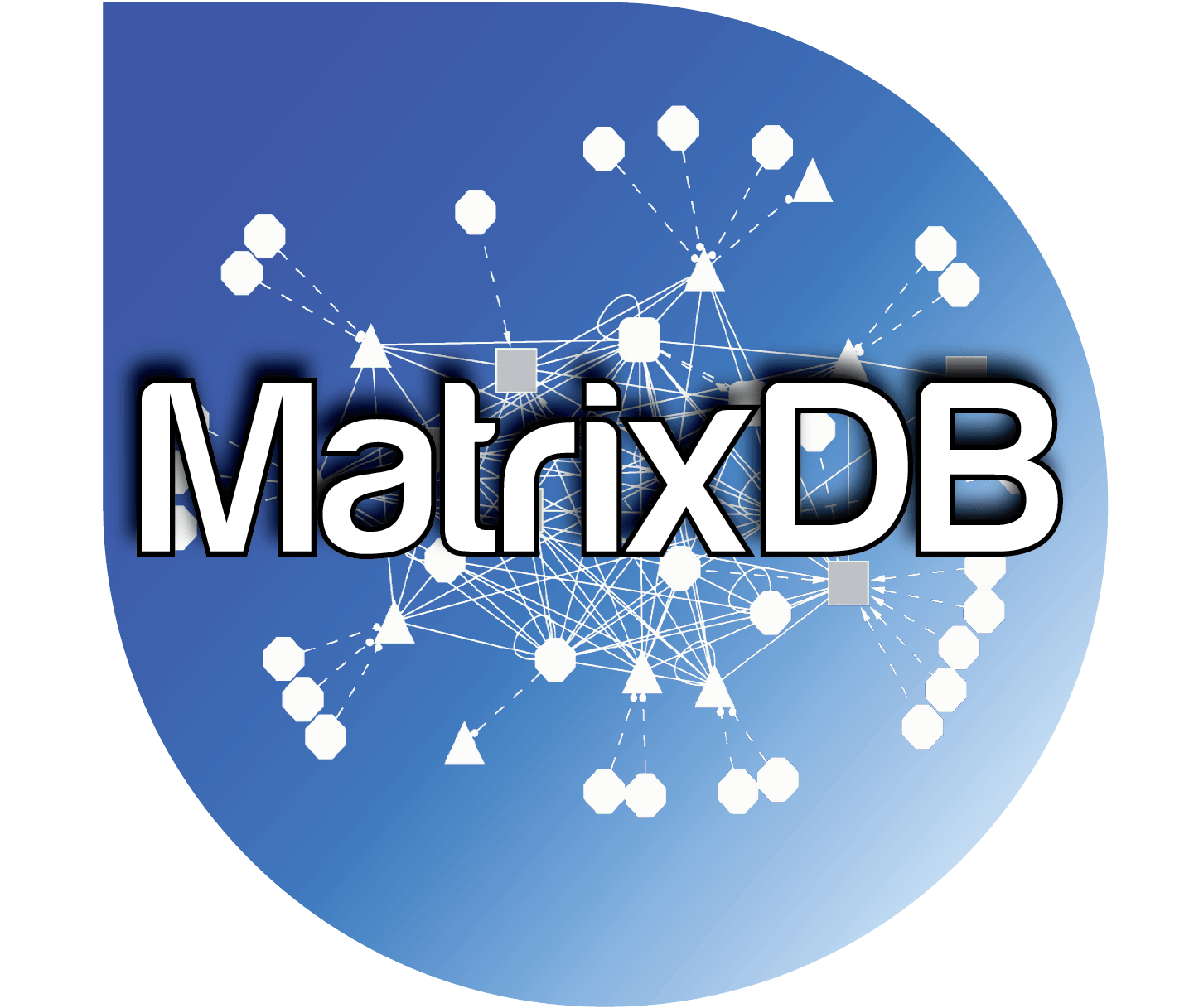Help
Each query will produce "Primary hits" that are most likely relevant, and "Secondary hits" that may also be of interest although their relationship with the query string is less direct. For example the "Publications" query will search for the query string (free text) in publication titles and identifiers (PMIDs), yielding a list of Primary hits, and also in publication abstracts, yielding Secondary hits.
Two options are available to query several comma-separated terms: return results matching all the terms, or return results matching at least one of the terms. By default, the option is "all terms", use the radio button to change this behavior. Space-separated words are considered as a single term.
Subsequently, biomolecules related to the retrieved annotations, publications or diseases can be added with a single click to the cart, or examined and added individually. By default the biomolecules are restricted to *human* biomolecules involved in *at least one interaction*, but these restrictions can be relaxed by unclicking the relevant checkboxes.
Several independent queries can be performed and their results pooled together to iteratively construct a list of biomolecules. "Show queries history" (in the pink "Current cart" frame) can be used to visualize the list of queries performed along with the biomolecules that they added to the cart, and to delete some queries if needed.
Finally, the interaction network comprising all selected biomolecules and their direct partners can be constructed and analyzed in the MatrixDB Network Navigator by clicking on "Build interaction network" in the pink "Current cart" frame.
This is an experimental interface, any feedback is welcome!
Build a list of biomolecules:
Enter free text, biomolecule identifier(s), name(s) or gene(s) separated by comma. Words separated by space will be taken as a single term.
When searching with biomolecule identifiers: MatrixDB identifier, UniProt Accession numbers, gene names, Complex portal identifiers, ChEBI identifiers and GlyTouCan identifiers are accepted.
Build a list of biomolecules annotated with
UniProtKB/Swiss-Prot keywords and / or
Gene Ontology terms of interest:
Enter free text, keyword identifier and / or GO identifier separated by comma. Words separated by space will be taken as a single term.
Build a list of biomolecules cited in publications of interest:
Enter free text and / or PMID separated by comma.
Build a list of biomolecules related to diseases of interest:
Enter free text, OMIM identifier(s) and / or uniprot disease identifier(s) separated by comma. Words separated by space will be taken as a single term.

